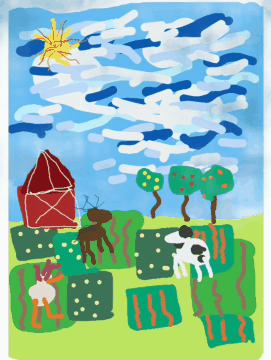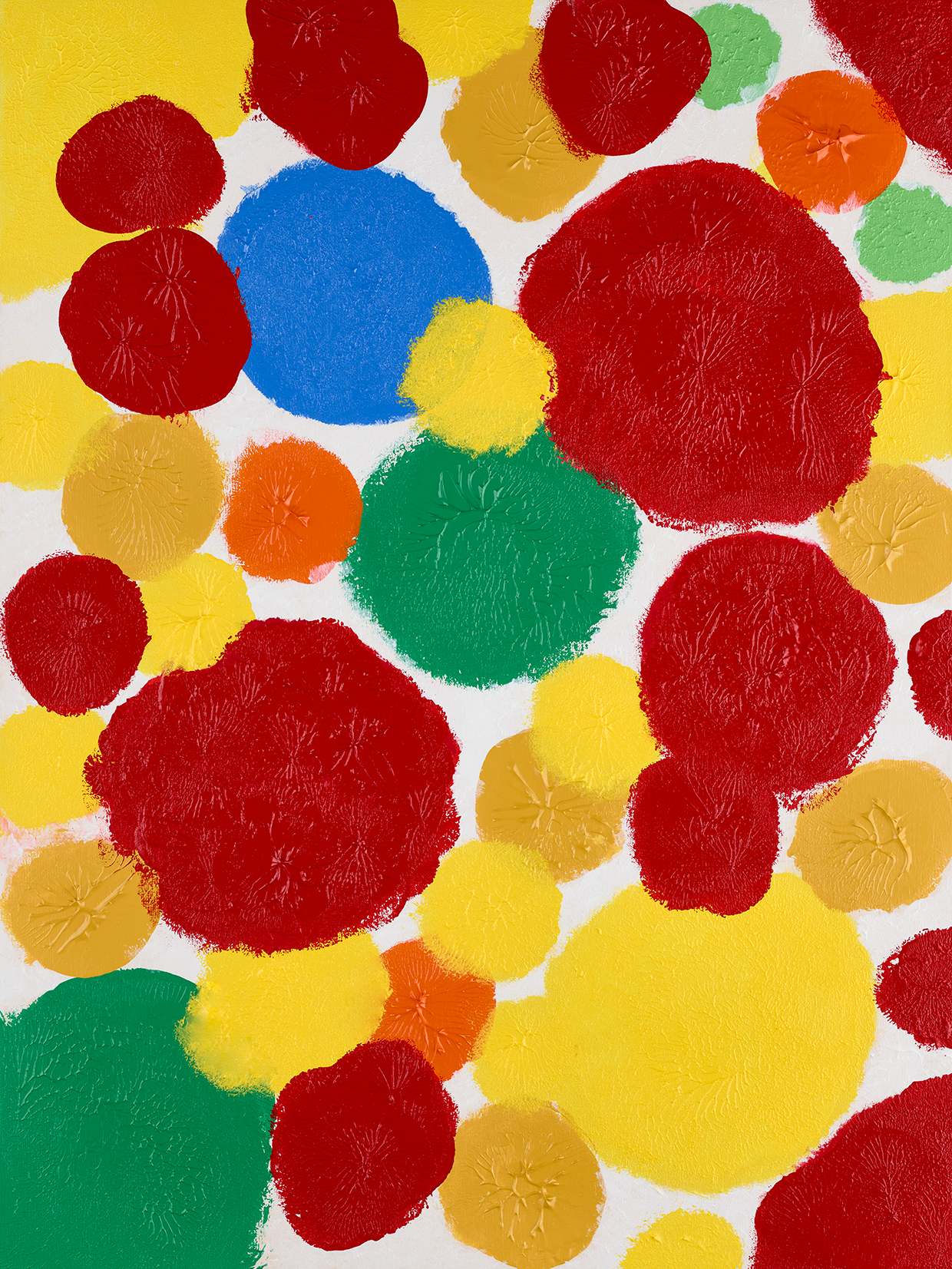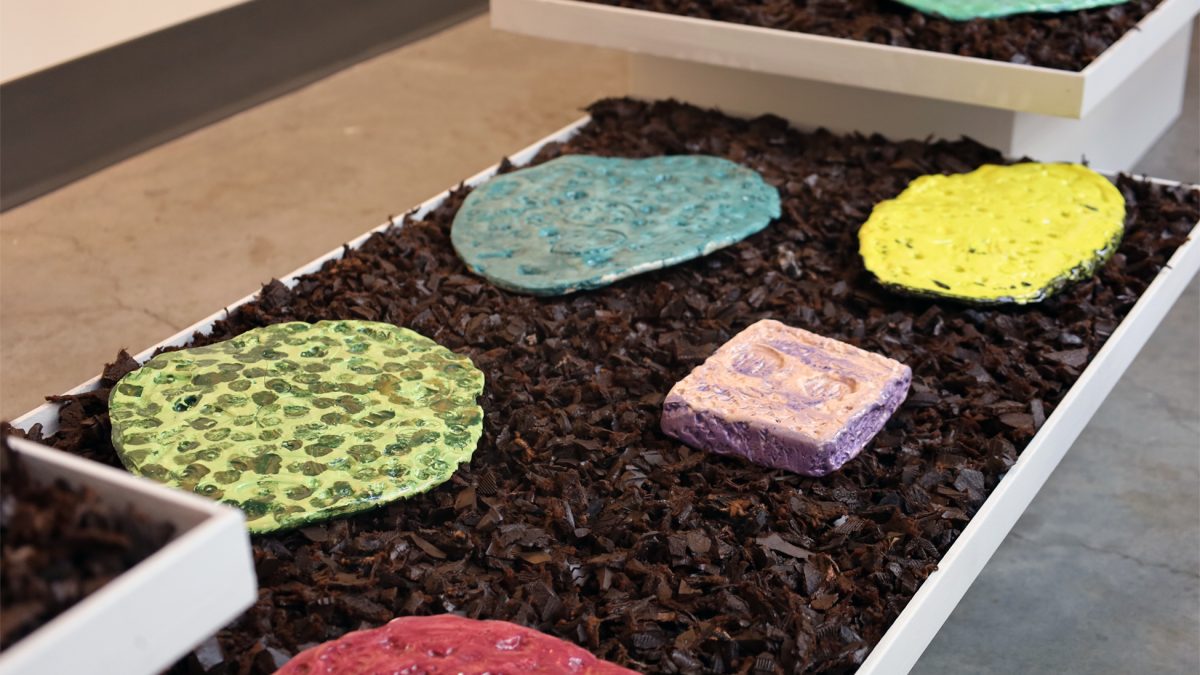For many people, dance is more than a form of artistic expression — it’s an opportunity to exercise while grooving to a catchy beat. That’s exactly what drew dancer Jacia Block to the Hip Hop Essentials program at the National accessArts Centre (NaAC).
This 9-week class allows participants of all abilities and experience levels to explore the history, elements, and foundations of hip hop in a fun, inclusive, and accessible environment. While Jacia likes to keep fit, it’s the music that brings her back to class each week. The facilitators play each person’s favourite songs on rotation. Her request: “Low” by Flo Rida.
Shorty gets low
At 30 years old, Jacia’s been dancing for a long time. She was part of the crew at Momo Movement and made the switch when the Calgary-based dance company was acquired by the NaAC in 2020. It was a big move that made the NaAC Canada’s first multidisciplinary disability arts organization, but it was also a seamless transition for the community. Many of the same participants still attend the performing arts programs. Whether they join online via Zoom or in person, it’s nice to see so many familiar faces, says Jacia.
Though she’s tried many different disciplines in performing arts over the years, including musical theatre and reader’s theatre, hip hop is Jacia’s favourite. The high energy class not only helps her wake up and work out, but feel her absolute best in her own body. The same can be said about others in the class. When asked why it’s important for people of all abilities to have access to a class like Hip Hop Essentials, Jacia answers: “for energy and pumping iron!”
As someone who has been dancing for years, Jacia believes everyone can break it down on the dance floor. So does Chawna Exner, class host and Performing Arts Assistant at the NaAC.
She hits the floor
The key, says Chawna, is to allow participants to explore movement and express themselves on their own terms. “As an instructor of integrated dance, it’s important to me not to dictate exactly what movements will look like for everyone,” she says.
“Any dance style, exactly as it was created, is not accessible by nature and has thus excluded large groups of people from having the chance to add to its evolution. I strive to stay true to the roots of the style, while bringing accessibility into it — allowing participants to embody and influence the style,” adds Chawna.
That means more than just offering adapted dance instruction, but “presenting the shapes, feelings, and directions of a move and leaving room for investigation and discovery,” says Chawna. She and the other facilitators at the NaAC encourage participants to groove in ways that feel good to them. And they play everyone’s favourite tracks, of course.




